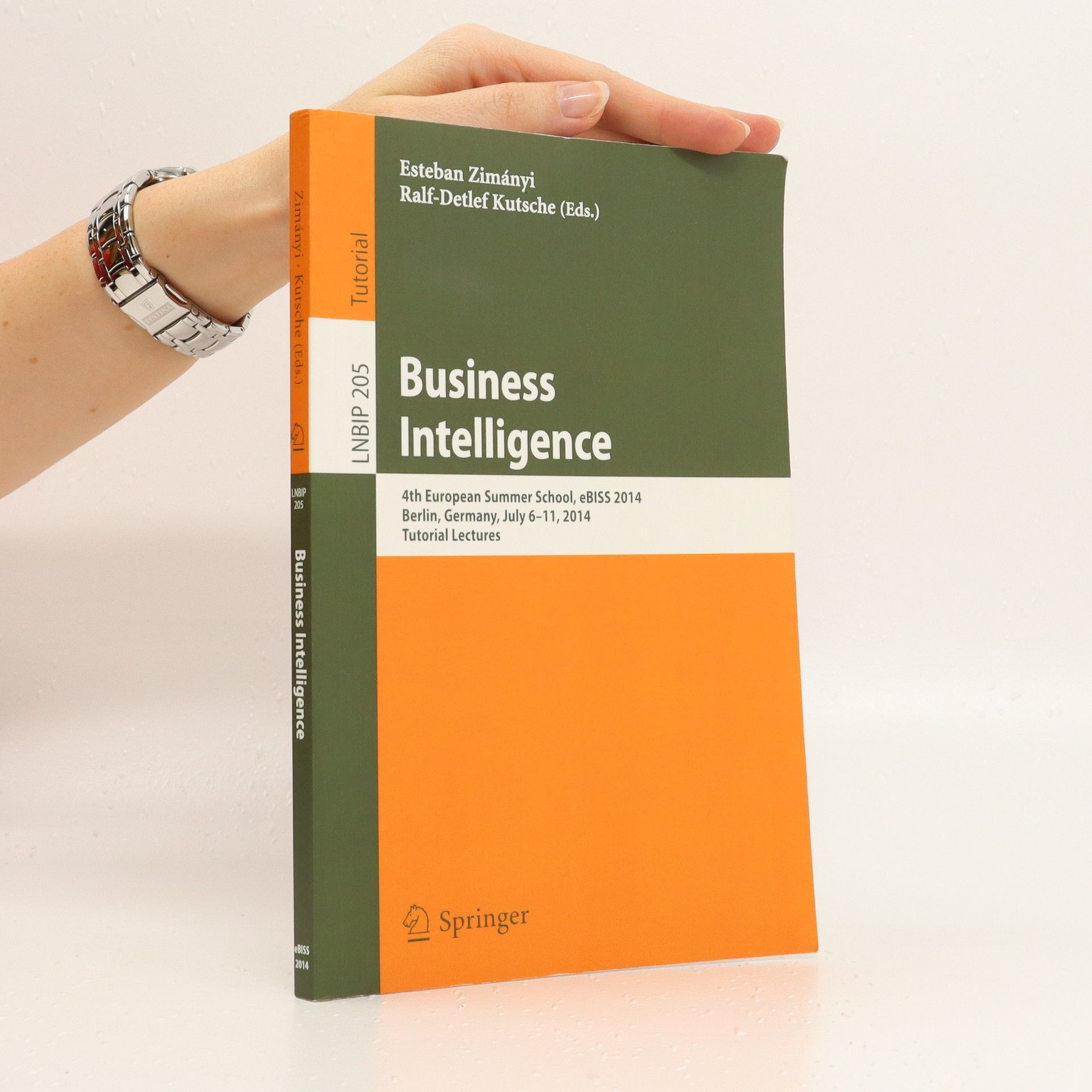Data Warehouse Systems
- 722 stránok
- 26 hodin čítania
With this textbook, Vaisman and Zimányi deliver excellent coverage of data warehousing and business intelligence technologies ranging from the most basic principles to recent findings and applications. To this end, their work is structured into three parts. Part I describes “Fundamental Concepts” including multi-dimensional models; conceptual and logical data warehouse design and MDX and SQL/OLAP. Subsequently, Part II details “Implementation and Deployment,” which includes physical data warehouse design; data extraction, transformation, and loading (ETL) and data analytics. Lastly, Part III covers “Advanced Topics” such as spatial data warehouses; trajectory data warehouses; semantic technologies in data warehouses and novel technologies like Map Reduce, column-store databases and in-memory databases. As a key characteristic of the book, most of the topics are presented and illustrated using application tools. Specifically, a case study based on the well-known Northwind database illustrates how the concepts presented in the book can be implemented using Microsoft Analysis Services and Pentaho Business Analytics. All chapters are summarized using review questions and exercises to support comprehensive student learning. Supplemental material to assist instructors using this book as a course text is available at http://cs. ulb. ac. be/DWSDIbook/, including electronic versions of the figures, solutions to all exercises, and a set of slides accompanying each chapter. Overall, students, practitioners and researchers alike will find this book the most comprehensive reference work on data warehouses, with key topics described in a clear and educational style.


